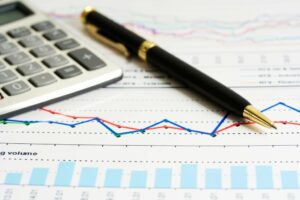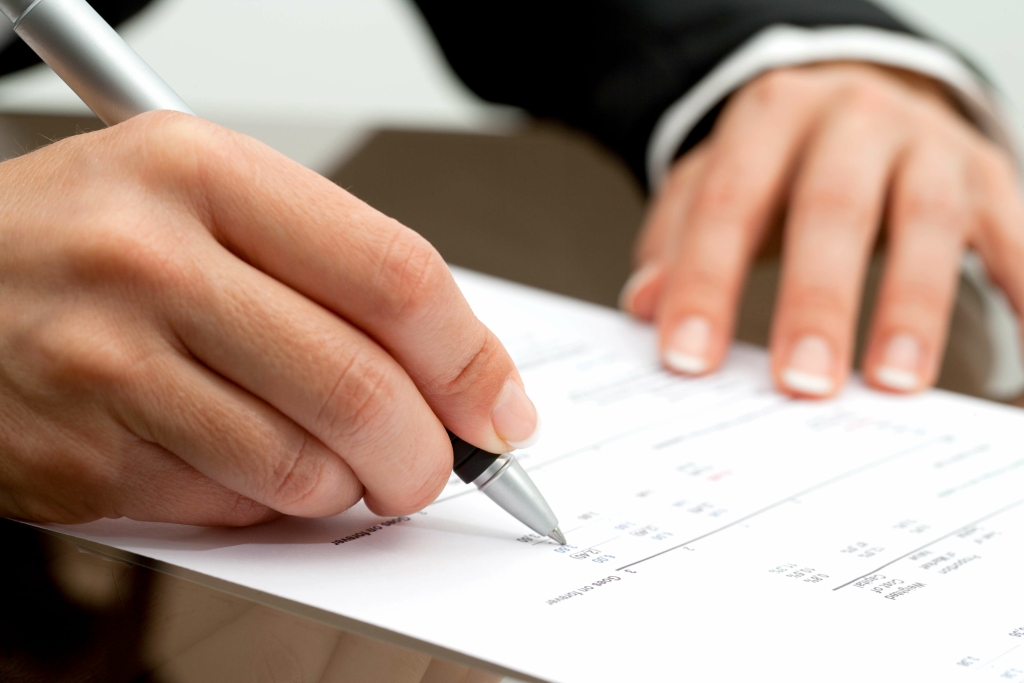
For declining balance methods, this rate is adjusted to 150% or 200%, depending on the method. You can depreciate most tangible property (like buildings, vehicles, and equipment) as well as certain intangible property (such as patents or copyrights). However, land is a notable exception–it doesn’t wear out or deteriorate, so it’s not depreciable. Depreciation expense refers to the yearly deduction in an asset’s value, while accumulated depreciation is the total depreciation an asset has accumulated over its life. At its core, depreciation is an annual tax deduction that allows you to account for the wear and tear, deterioration, or obsolescence of your business assets.
- The double-declining-balance (DDB) method, which is also referred to as the 200%-declining-balance method, is one of the accelerated methods of depreciation.
- To be qualified property, noncommercial aircraft must meet the following requirements.
- This means that the amount of depreciation in the earlier years of an asset’s life is greater than the straight-line amount, but will be less in the later years.
- After the due date of your returns, you and your spouse file a joint return.
- For example net sales is gross sales minus the sales returns, the sales allowances, and the sales discounts.
- It is important to note that while these assets do not depreciate, they may still be subject to impairment, which is a sudden and irreversible decline in value, and must be accounted for differently in financial statements.
What Property Cannot Be Depreciated?
Use Workee to keep your business transactions together and safe, and enjoy all the perks of our fantastic freelancing software platform. As a freelancer or independent professional, you can transform your business with Workee’s powerful business management tool. This comprehensive solution offers everything you need to manage your clients, schedule meetings, and get paid seamlessly. If you purchase equipment for $10,000 with a salvage value of $1,000 and a useful life of 3 years. Depreciation begins the moment an asset is “placed in service”—when it’s ready and available for a specific business use.
Types of Depreciation Methods

To record an asset, it’s initially recorded in the accounting records at its cost, which includes all costs necessary to get the asset in place and ready for use. In the units-of-activity method, an asset’s estimated useful life is expressed in units of output, not years. This approach is different depreciable assets examples from other depreciation methods where the useful life is typically expressed in years. The units of production method is useful for assets that have a limited lifespan and can produce a specific number of units.
How do you determine if an asset has a service life that is longer than one year?
To claim depreciation, you must usually be the owner of the property. You are considered as owning property even if it is subject to a debt. To be depreciable, the property must meet all the following requirements. Chevron Corp. (CVX) reported $19.4 billion in DD&A expense in 2018, more or less in line with the $19.3 billion it recorded in the prior year. In its footnotes, the energy giant revealed that the slight DD&A expense increase was due to higher production levels for certain oil and gas producing fields.
This method is useful for assets such as equipment and machinery whose usefulness is determined by the anticipated number of units How to Invoice as a Freelancer they can produce. If gains on Section 1231 properties exceed the adjusted basis and the depreciation amount, the earnings are capital gains. That said, if losses are recorded on such a property whereby the loss is ordinary, it is fully deductible against the income.
- Similarly, a business call made on an otherwise personal trip does not change the character of a trip from personal to business.
- It’s used in accounting to record the cost of an asset over its lifetime, and it affects how much money a company pays out in retirement benefits, for example.
- The IRS is committed to serving taxpayers with limited-English proficiency (LEP) by offering OPI services.
- If you are a rent-to-own dealer, you may be able to treat certain property held in your business as depreciable property rather than as inventory.
- The passenger automobile limits generally do not apply to passenger automobiles leased or held for leasing by anyone regularly engaged in the business of leasing passenger automobiles.
- As per GAAP4, an entity should select a method of depreciation based on the pattern in which the economic benefits embodied in the asset are consumed by the entity.

To qualify for the section 179 deduction, your property must have been acquired for use in your trade or business. Property you acquire only for the production of income, such as investment property, rental property (if renting property is not your trade or business), and property that produces royalties, does not qualify. You can elect to recover all or part of the cost of certain qualifying property, up to a limit, by deducting it in the year you place the property in service. You can elect the section 179 deduction instead of recovering the cost by taking depreciation deductions. To figure your depreciation deduction, you must determine the basis of your property.
Electing the Section 179 Deduction
If the cost of your qualifying section 179 property placed in service in a year is more than $3,050,000, you must generally reduce the dollar limit (but not below zero) by the amount of cost over $3,050,000. If the cost of your section 179 property placed in service during 2024 is $4,270,000 or more, you cannot https://nufiagro.com/ng/2022/05/17/how-to-account-for-donations-of-assets-received/ take a section 179 deduction. Only the portion of the new oven’s basis paid by cash qualifies for the section 179 deduction. Therefore, Silver Leaf’s qualifying cost for the section 179 deduction is $520.
The “sum-of-the-years’-digits” refers to adding the digits in the years of an asset’s useful life. For example, if an asset has a useful life of 5 years, the sum of the digits 1 through 5 is equal to 15 (1 + 2 + 3 + 4 + 5). In DDB depreciation the asset’s estimated salvage value is initially ignored in the calculations. However, the depreciation will stop when the asset’s book value is equal to the estimated salvage value.

Straight-Line vs. Accelerated Depreciation Techniques
This would include long term assets such as buildings and equipment used by a company. Plant assets (other than land) will be depreciated over their useful lives. The “declining-balance” refers to the asset’s book value or carrying value (the asset’s cost minus its accumulated depreciation). Recall that the asset’s book value declines each time that depreciation is credited to the related contra asset account Accumulated Depreciation. The double-declining-balance (DDB) method, which is also referred to as the 200%-declining-balance method, is one of the accelerated methods of depreciation. DDB is an accelerated method because more depreciation expense is reported in the early years of an asset’s life and less depreciation expense in the later years.
